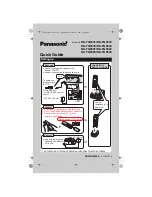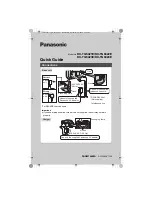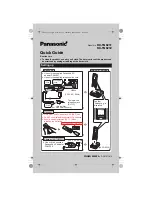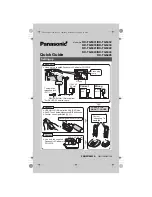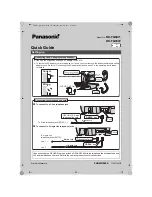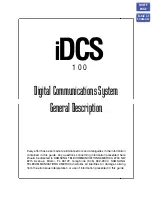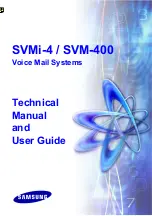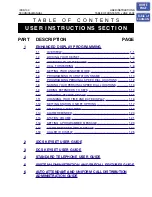
Chapter 5
71
Useful Information
Caution:
To reduce the risk of fire or injury to persons, read and follow these instructions.
1. Use only the batteries specified.
2. Do not use non-rechargeable batteries.
3. Do not mix old and new batteries.
4. Do not dispose of the batteries in a fire. They may explode. Check with local waste management
codes for special disposal instructions.
5. Do not open or mutilate the batteries. Released electrolyte is corrosive and may cause burns or
injury to the eyes or skin. The electrolyte may be toxic if swallowed.
6. Exercise care in handling the batteries in order not to short the batteries with conductive materials
such as rings, bracelets, and keys. The batteries and/or conductor may overheat and cause burns.
7. Charge the batteries provided with or identified for use with this product only in accordance with the
instructions and limitations specified in this manual.
Important Notice Concerning the Correct Use
and Charging of Ni-MH (Ni-Cd) Batteries
Batteries, due to their construction, undergo some wear and tear. The lifetime of a battery also
depends on correct maintenance. Charging and discharging are the most important factors. You
should take notice of the following to maintain the life of the battery as long as possible.
Ni-MH (Ni-Cd) batteries have a kind of memory, the “memory effect”. If fully charged batteries are
used several times only for 15 minutes in the handset and then recharged, the capacity of the
batteries will be reduced to 15 minutes due to the memory effect. Therefore you should discharge
the batteries completely, i.e. use them in the handset until “
” on the display starts flashing.
Then recharge them as described in the manual. After the memory effect has occurred, it is
possible to achieve almost complete capacity of the Ni-MH (Ni-Cd) batteries by charging and
discharging several times one after another.
Ni-MH (Ni-Cd) batteries can also self-discharge. This self-discharge depends on the ambient
temperature. At temperatures under 0°C, the self-discharge will be the lowest. High humidity and
high temperatures support the self-discharge. Also long-term storage will lead to self-discharge. A
dead Ni-MH (Ni-Cd) battery should not be disposed of normally. They contain toxic heavy metal
(cadmium) and therefore should be recycled.
KX-TCD715ALM-9Useful-OPT 6/20/02 18:49 Page 71


























